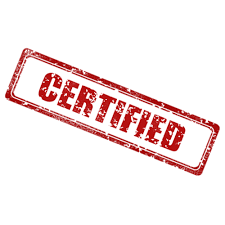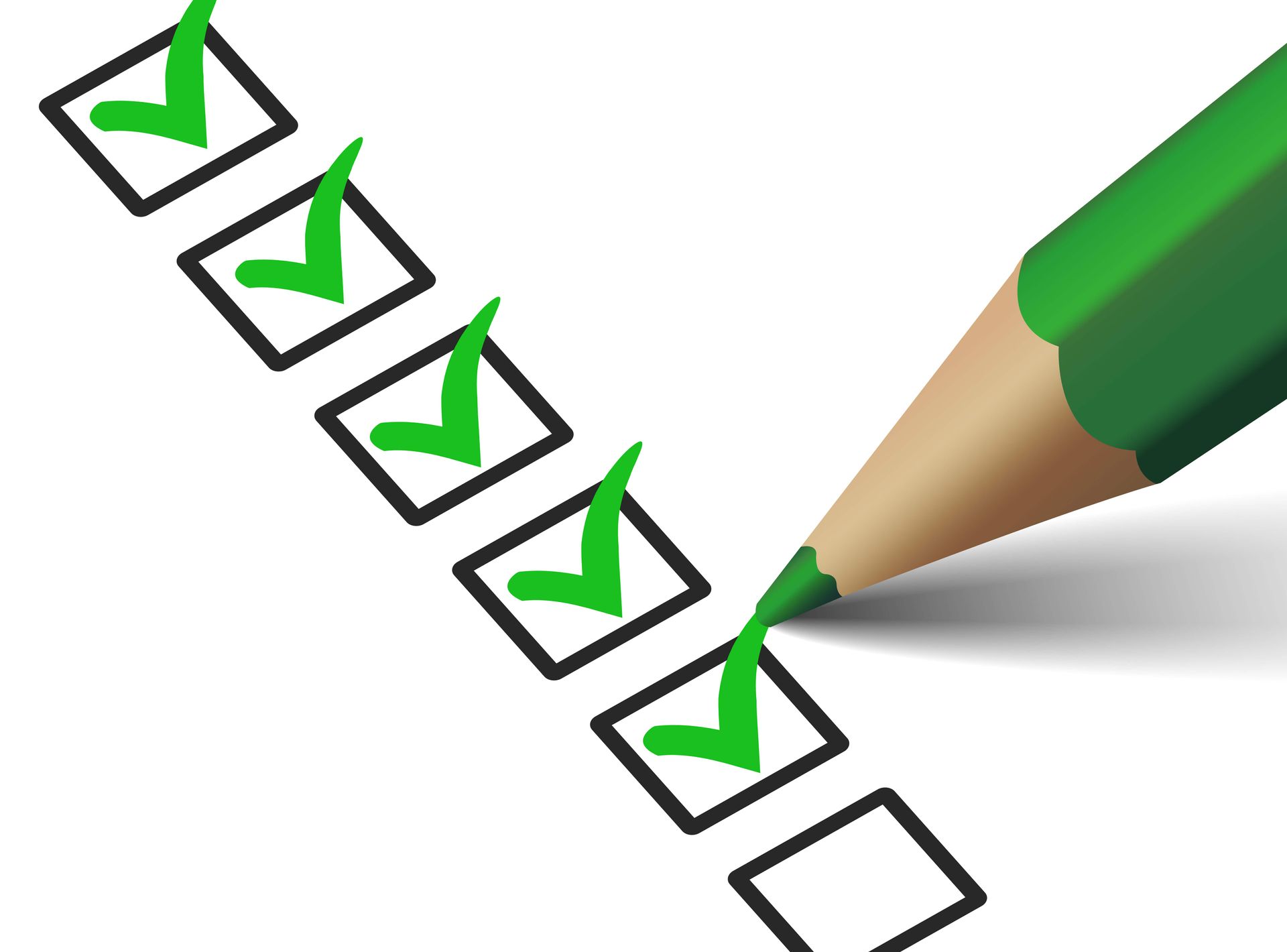News & Articles

by Karen Froud-Murray
•
13 September 2025
Building a team is much like assembling a puzzle—you can’t simply scatter the pieces on the table and expect them to form a complete picture. Careful effort is required to align the pieces and ensure they fit together properly. The same is true of teamwork: it takes intentional guidance, clarity, and collaboration to create a cohesive unit that achieves its goals. Identify Group and Individual Responsibilities Just as a horse pulling a cart depends on the driver for direction, teams rely on clear guidance. Defining both individual and group responsibilities is the first step in building effective teamwork. Each member must understand their role, as well as the roles of others, to ensure smooth progress toward shared objectives. Ambiguity can derail a project, so clarity in responsibilities and expectations is essential. Give Permission to Take Action High-performance teams are made up of skilled, dedicated professionals who know how to recognise when something isn’t working—and how to address it. Leaders should empower their teams to act when challenges arise, even proactively. Granting autonomy not only strengthens problem-solving capabilities but also reinforces ownership and accountability for outcomes. Build Relationships Between Team Members and Management Trust, respect, and open communication are the cornerstones of strong teamwork. Without a solid relationship between team members and management, a damaging “us vs. them” dynamic can emerge. Leaders must invest time in fostering trust and approachability, ensuring employees feel comfortable sharing challenges, concerns, and new ideas. This openness strengthens collaboration and drives better results. Give Feedback Feedback is a vital tool for growth, alignment, and performance. It should come not only from managers but also from peers within the team. Constructive feedback highlights what’s working well while identifying areas for improvement, allowing members to adjust and refine their contributions. The most effective feedback is timely, consistent, and expressed in behavioural terms —focusing on what can be observed, heard, or measured. Done well, feedback strengthens both the individual and the team as a whole. Part 4 of 5

by Karen Froud-Murray
•
2 September 2025
High-performance teams are a relatively modern concept, but their impact on organisations is significant. A well-structured team of highly focused remote employees can drive productivity, innovation, and collaboration across a company. In this blog, we’ll explore what defines a high-performance team, the benefits they bring, how they operate under flexible leadership, and the importance of team dynamics. What is a High-Performance Team? A high-performance team is a group of dedicated individuals who work together with a clear focus on achieving shared goals. These teams often operate with fluid leadership on project-based initiatives, the most suitable member steps into the leadership role as needed. What sets them apart is their strong sense of trust, accountability, and openness. Each member contributes as an essential part of a finely tuned system, working efficiently and effectively toward collective success. 3 Key Benefits of High-Performance Teams High-performance teams provide advantages for employees, management, and customers alike: Employee Benefits: Team members share the workload, reducing pressure on individuals while fostering stronger professional relationships and collaboration. Customer Benefits: Customers often receive products or services more quickly and benefit from the positive, cooperative culture of the team, which translates into a better experience. Management Benefits: With teams operating cohesively toward common goals, managers can step back from excessive oversight, freeing up time and resources for broader strategic initiatives. Leadership in High-Performance Teams Leadership in these teams is flexible, and needs-based. Rather than relying on titles, authority, or popularity, leadership roles are assigned to the team member best equipped to guide the group toward its S.M.A.R.T. goals (Specific, Measurable, Achievable, Relevant, Time-bound). While the organisation still provides managerial oversight, the internal leadership dynamic remains adaptive and collaborative. Understanding Team Dynamics Communication is the cornerstone of high-performance teams. They thrive in an open-forum environment where every voice carries weight and contributions are valued equally. Members exchange constructive feedback, share alternative solutions, and refine each other’s ideas—all while keeping egos in check. This culture of openness ensures the team remains focused on achieving results efficiently and effectively. Part 2 of 5

by Karen Froud-Murray
•
2 September 2025
As a former National Sales Manager, I understand the challenges of leading a remote workforce—ensuring productivity, maintaining motivation, and fostering teamwork without the benefit of daily in-person interaction. In this upcoming series of blogs, we’ll explore some of the key considerations in building high-performance teams when face-to-face contact is limited. These principles apply across industries and roles, no matter what field you’re in. In today’s business environment, organisations must continually find ways to boost productivity without compromising quality. One highly effective strategy is building high-performance remote teams. When well-trained and well-structured, these teams can deliver exceptional results across a wide range of functions—whether it’s managing a large-scale mailing campaign or developing breakthrough software to support cancer research. The question is: what could you achieve with a high-performance team? Thanks to today’s digital tools, remote work has never been more accessible, provided there’s reliable internet and mobile connectivity. However, success isn’t just about technology. It’s also about understanding whether individuals are truly suited to working independently. For instance, insights from Motivational Maps (which identify nine core workplace motivators) reveal important differences in how people thrive. Someone motivated primarily by “Friend” values may find remote work challenging, as they draw energy from social interaction and team engagement. In contrast, individuals motivated by “Builder” or “Director” traits often adapt more easily to working independently. Benefits of a Remote Workforce—for Both the Business and the Individual Access to stronger talent: Recruit from a wider, more diverse talent pool. Increased productivity: Remote employees often demonstrate higher efficiency. Better employee retention by supporting flexibility and work-life balance. Reduced downtime, as employees can continue working during inclement weather or minor illness. Sustainability gains: Less commuting reduces environmental impact and contributes to a smaller carbon footprint. For more information about our specific course on building and managing High Performance teams, click HE RE .



















